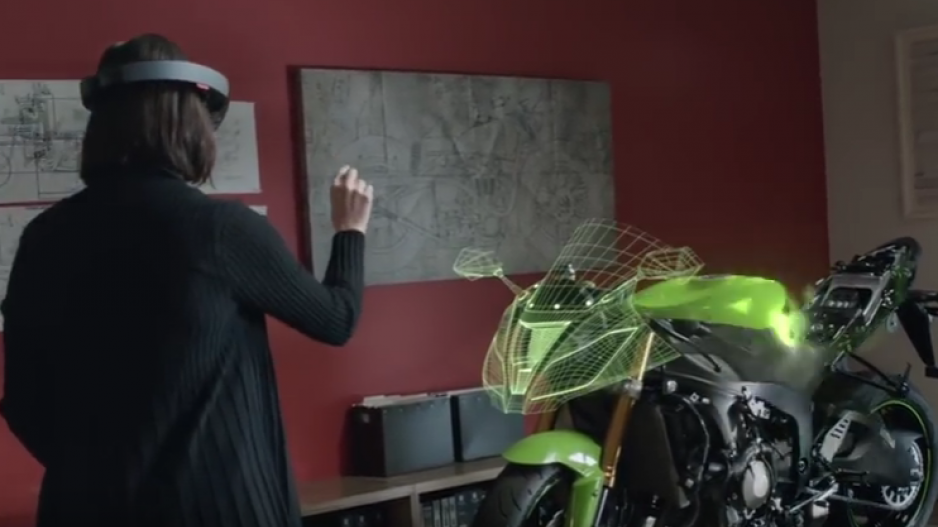Four technology giants are throwing in with two Vancouver gold mining companies in a $1 million competition aimed at finding the best new innovation in mining and exploration.
Microsoft, IBM, Accenture and Cisco have joined as the high-tech sponsors of the DistruptMining contest – a joint project between Vancouver’s Integra Gold Corp. (TSX-V: ICG) and Goldcorp (TSX:G).
Unlike a similar competition last year, which was specific to one gold mining district, this year’s competition is pretty much open to everyone and everything that might improve exploration and mining.
“Pretty much every group we’ve talked to who’s inquired about what we’re doing has said, ‘we’re not sure if it’s the right thing for me to apply,’ and every single one we’ve said ‘yes it is,’” said Integra Gold CEO Stephen de Jong. “So the scope is very broad for this.
“Their idea might be how to process tailings, you’re idea might be how to market mining companies, your idea might be how to use artificial intelligence for minerals, or it might be how to reduce dilutions and increase margins at an operating mine,” de Jong said. “So it can be absolutely anything.”
The competition is aimed at startups, scientists, engineers and even established companies that have ideas, processes or technology that they think might be applied to mining. Competitors have until January 25 to enter the contest with their ideas.
As part of the competition, Goldcorp will be putting up $1 million for the best new high-tech ideas for revolutionizing the mining industry.
Five finalists will get an all-expenses-paid trip to Toronto to make their pitches at a Shark Tank-style event March 5 at the annual Prospectors and Developers Association (PDAC) in Toronto.
Fifteen semi-finalists will also have the chance to showcase their ideas at an expo at PDAC. So even if they don’t make it to the final competition, they could catch the attention of some of the other mining companies at the conference looking for new ideas.
“Last year we had 65 mining companies represented within the audience,” de Jong said. “There’s no better opportunity to showcase your idea than to get up in front of that audience.”
The team with the best idea will get up to $1 million in the form of an investment in the technology or business idea, although it could be spread around to more than one company.
The high-tech sponsors will also be giving demonstrations and making presentations on their own latest innovations.
Microsoft will be demonstrating the industrial and enterprise applications for its HoloLens technology and IBM will be showcasing the enterprise applications of IBM Watson, which uses supercomputing and artificial intelligence for solving complex problems.
This year’s DisruptMining contest follows on last year’s Integra Gold Rush Challenge, which offered $1 million in prizes in a crowd-sourcing contest designed to harvest 75 years of mining and exploration data from the company’s properties in Val-d’Or, Quebec.
Last year’s top prize winner was SGS Geostat, which won $500,000 for its novel approach to analyzing the data. It used machine learning to sort through massive amounts of data and examined it using Oculus Rift virtual reality technology.
Integra’s Gold Rush Challenge was a more modern version of a crowd-sourcing approach pioneered by Goldcorp in 2000 through its Goldcorp Challenge. For the first time, a mining company had made public a vast amount of historical data on its Red Lake mine district in an attempt to come up with new ways of exploiting the data and come up with novel approaches to exploration and mining.




